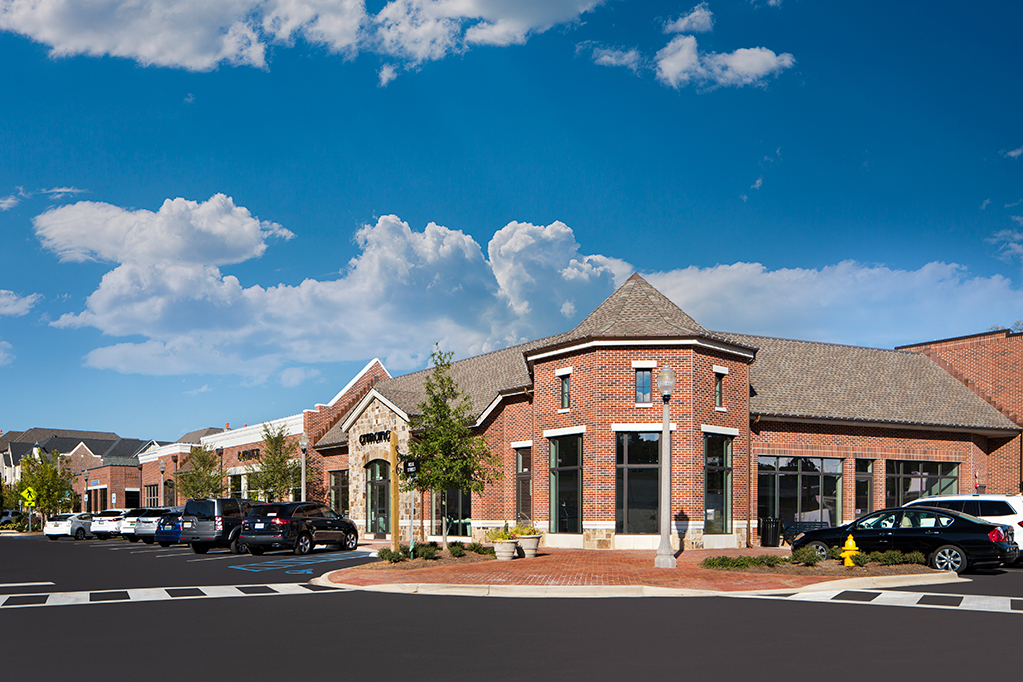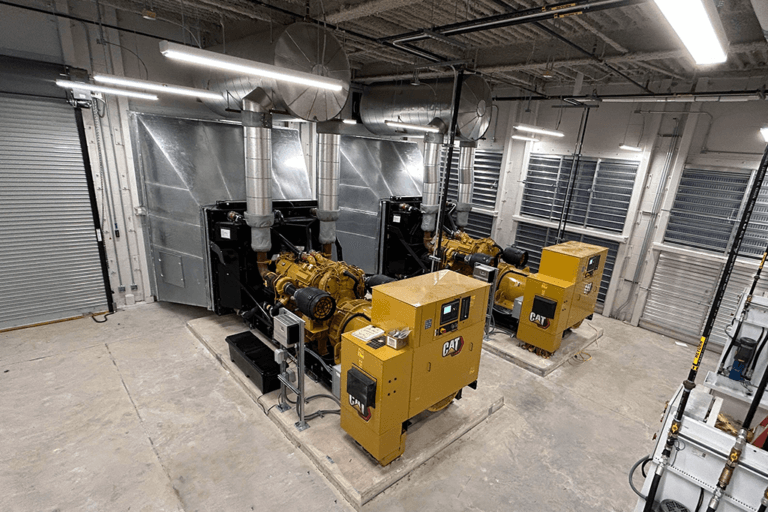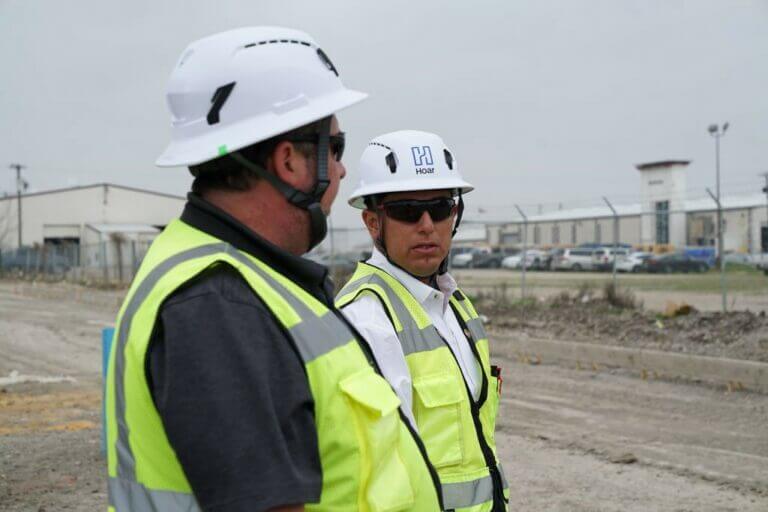
In my earlier blog, I reflected on the Covid pandemic and how it created two opposing patterns in our retail/entertainment world. Once the lockdowns began, almost everyone was forced to use online shopping to receive goods and services. The internet became almost essential to get your groceries, clothes, furniture, watch new movies and sporting events. Almost everything you needed or wanted was obtained with a click of a mouse or TV remote control. Some did this willingly and others grudgingly less willingly, but it’s hard to argue the ease and convenience of an online internet world. E-commerce reigned in our pandemic environment.
Fortunately, many brick-and-mortar retailers got creative and adapted new approaches to meet their customers’ needs with curbside pickups or providing personal shoppers via FaceTime and were able to survive and even thrive in this new environment. But the interesting trend evolving now is the move away from e-commerce as the single source for purchasing goods and services. Some of the “online-only crowd” realized they really did miss occasionally shopping inside their favorite store or spending time in retail and entertainment settings bustling with activity and people. Humans want social interactions and history has proven people will congregate to a central marketplace to obtain goods and to fulfill this need of connectivity with others.
Now, as stores are open again and mask mandates are loosening, what do we find? Many shoppers are tired of clicking their mouse to make purchases. They’re ready to step foot inside stores and touch things or try on before they buy. I am of course not saying online shopping is going away, of course it’s not. My point is, even after a pandemic where online platforms became the first line for consumers, there is still a demand for in-person purchasing. Brick and mortar retail lives on. Traditional retail has never died, it just continues to evolve. The large single purpose malls and power centers aren’t relevant to our new shopping expectations so these old centers will have to transform. That’s a major reason why we’re seeing an increase in building new mixed-use developments and repositioning existing assets more like town centers.
The Appeal of Town Centers
So, what does that look like? Let me take you on a walk down memory lane. In years past, people would head into town to do everything — get their groceries, collect their mail, see the doctor, buy a new outfit, and more. Over time, cities put zoning laws into place that forced services into specific zones or districts like office zones, shopping, residential, or medical. The zoning requirements meant you had to get in your and drive to the mall or the hospital and do each errand individually. We’ve seen a major shift in what people want now. Mainly, people desire walkability and local convenience. It’s the same reason why our multifamily projects often feature a first floor of restaurants and retail. People want to be able to walk to where they work, live, and play. And if they can’t walk, they at least want to be able to drive a short distance, park once, and knock out several errands in one trip.
That’s why we’re seeing many developers cluster services together. Some projects we’re building have retail tenants, a medical provider’s office, a satellite postal office, restaurants, and fitness clubs. A true town-center feel, built in convenient locations where people work and live. It’s a trend that spans across multiple market sectors. Our healthcare projects have also evolved and changed in recent years as patients’ needs change. There’s been a move away from going to the hospital for everything, and instead patients want their checkups, urgent care needs, or outpatient procedures to be done in smaller, convenient locations. If they can go grab a bite to eat or buy a friend’s birthday present at the store next door right after their appointment — even better!
I expect more developers to adopt the one-stop, town hall design into their future projects to meet a multitude of needs and offer today’s shoppers the walkability and convenience they crave. In the recent past, most of our clients faced push back from municipalities when combining multiple uses. Fortunately, on a positive note, we’re already seeing many cities change or update their zoning laws as they realize the benefits of that connectivity and the potential increase in property values as abandoned retail assets are adapted into retail centers that offer a variety of services. So, once again I’m happy to report that creative retailers and developers can continue to thrive like they have for decades as long as they continue to evolve and provide their shoppers what they want.

